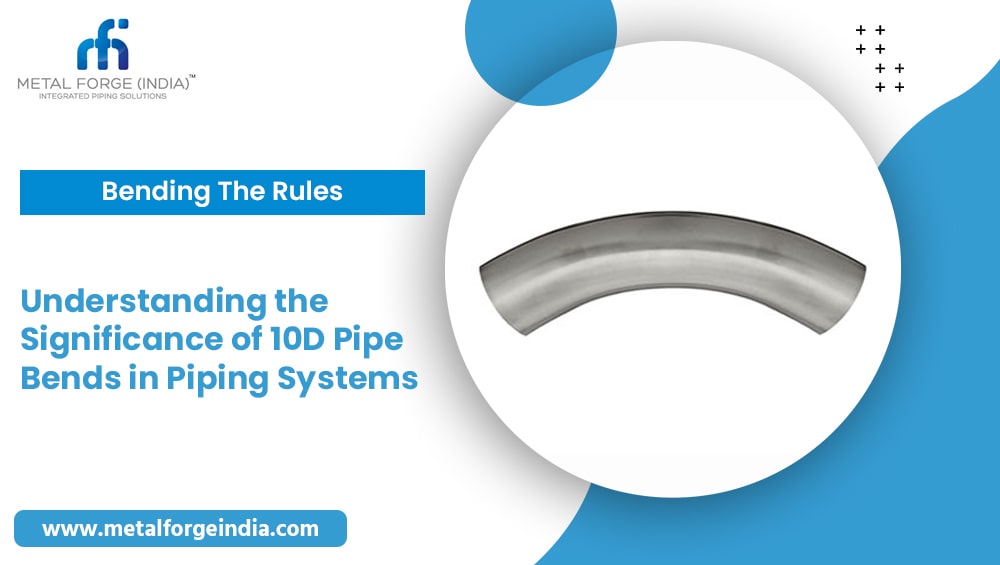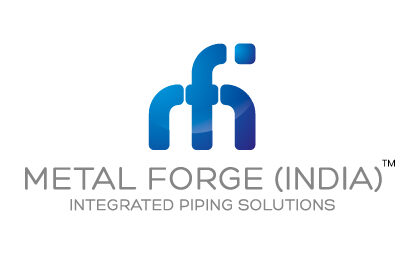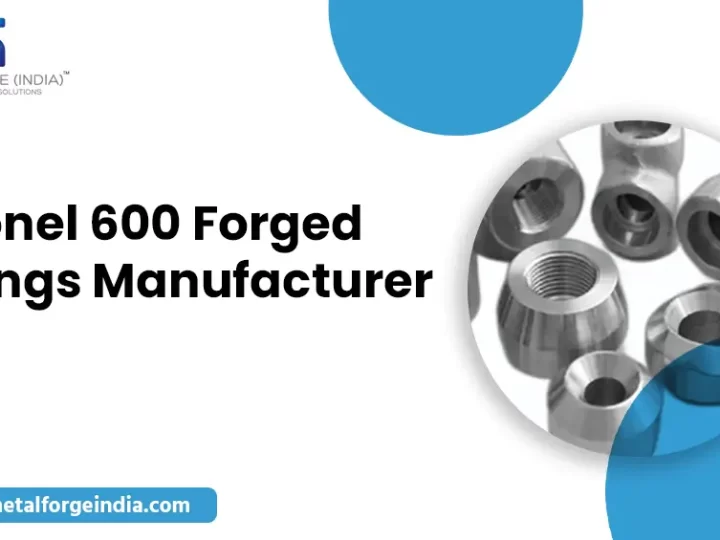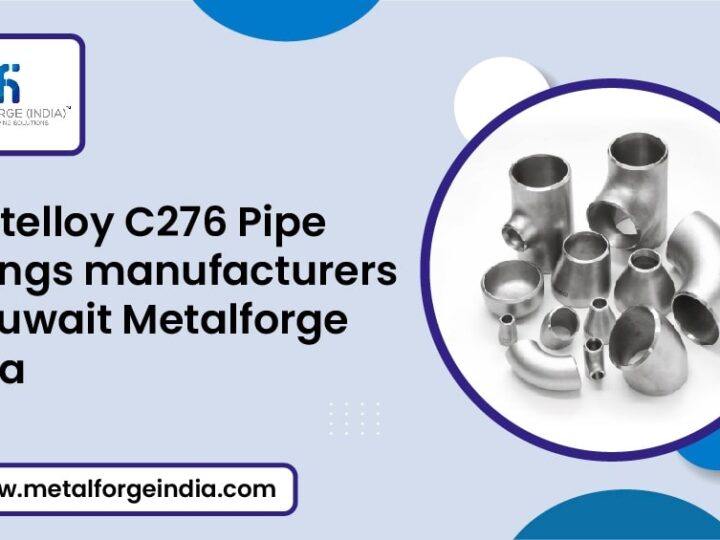
Piping systems are the lifelines of multiple industries. They ensure a smooth flow of liquids and gases which causes a smooth flow of operations within those industries. To create a piping system it needs a highly crucial part that can achieve it, Pipe Bends. Pipe bends create a directing flow and manage the stress created by the liquids or gasses present in the pipes. There are several types of pipe bends with differing angles like the 10D pipe bends. It holds some significance and importance amongst the other pipe bends. In this blog, we’ll take a deep dive into the world of 10D Pipe Bends, exploring the importance, application, and the factors to consider when incorporating.
The Basics of 10D Pipe Bends
Let’s understand the basics of pipe bends mainly the 10D pipe bends. In the realm of piping solutions, the term “10D” means the ratio of bending radius to the diameter of the pipe. In simpler terms, the radius of the pipe bend is 10 times the diameter of the pipe. A specific ratio is chosen to create and ensure a smooth flow with minimal disruption to the fluid and gas passing through the pipe.
Significance of 10D Pipe Bends
Flow Efficiency
One of the primary reasons for the significance of 10D pipe bends lies in their ability to maintain flow efficiency. The gentle curvature of these bends minimizes pressure drop and turbulence, allowing for the smooth movement of fluids or gases. This is particularly crucial in industries where precise flow rates and pressures are essential.
Stress Management
The piping system’s main foe is the stress faced, especially at a directional change or a turning point. Depending on the gasses or liquid and the pressure present in the system, stress varies quite a lot. 10D pipe bends are designed to evenly distribute stress and reduce the risk of fatigue or even a leak. These characteristics further enhance the integrity and lifespan of the piping system.
Space Optimization
In certain applications, space constraints can pose a challenge when designing piping systems. 10D pipe bends offer a balance between effective flow management and space optimization. Their elongated curvature allows for efficient flow redirection without requiring excessive space, making them ideal for installations with spatial limitations.
Versatile Applications
10D pipe bends find applications across a wide range of industries, including oil and gas, chemical processing, water treatment, and more. Their versatility stems from their ability to accommodate various fluid types, temperatures, and pressures, making them a go-to solution for diverse piping needs.
Factors to Consider When Incorporating 10D Pipe Bends
Material Compatibility
When selecting 10D pipe bends for a specific application, it’s crucial to consider the compatibility of the bend material with the transported fluid or gas. Factors such as corrosion resistance, temperature tolerance, and chemical compatibility play a vital role in determining the suitability of the material.
Installation and Maintenance
A secure installation followed by regular/timely maintenance is essential for maximizing the performance and longevity of 10D pipe bends. The attention to detail is a must, like alignment, support, and inspection protocols can significantly impact the overall performance and reliability of a piping system.
Regulatory Compliance
In many industries, piping systems must adhere to specific regulations and standards. When incorporating 10D pipe bends, it’s imperative to ensure compliance with relevant codes and guidelines to guarantee the safety and reliability of the overall system.
Conclusion
In the intricate network of piping systems, the significance of 10D pipe bends cannot be overstated. Their role in maintaining flow efficiency, managing stress, and accommodating diverse applications makes them indispensable components of modern industrial infrastructure. By understanding their significance and considering key factors during their incorporation, engineers, and designers can harness the full potential with 10D pipe bends suppliers like Metal Forge India, ensuring the reliability and performance of piping systems across various sectors.





